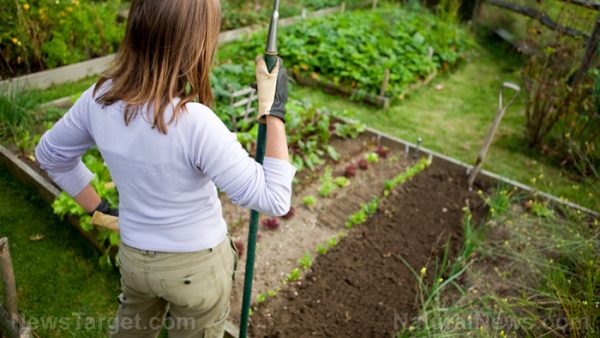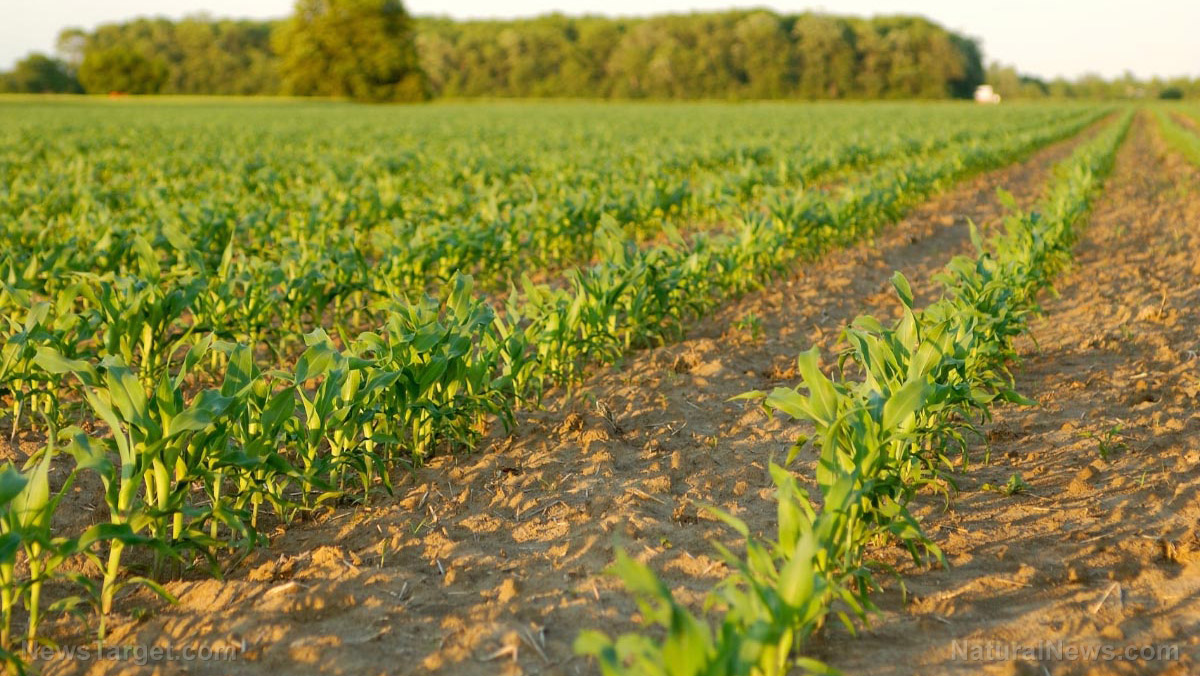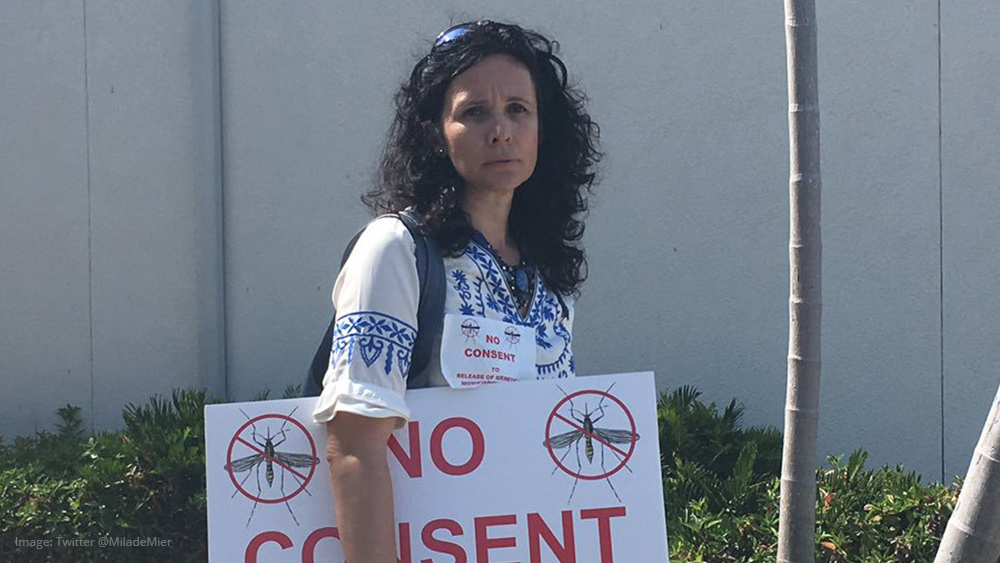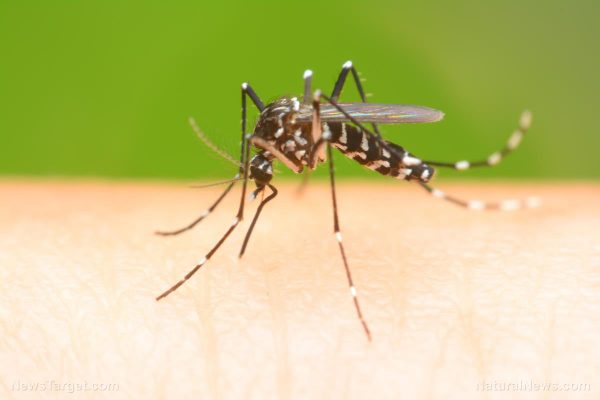Consumers continue to demand clean food as organic market has doubled since 2007
06/11/2017 / By Isabelle Z.
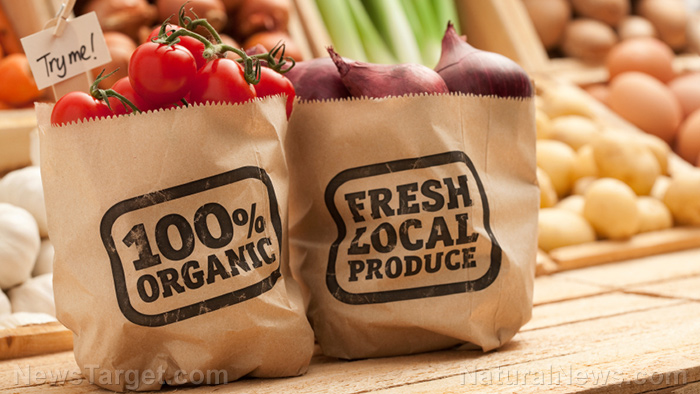
Americans are voting with their wallets as the market for organic food continues to skyrocket. Conventional food and produce teeming with toxins are quickly losing their appeal as more dangers of GMOs and pesticides come to light, and consumers are increasingly spending their money on organic products and even growing their own food when they can’t find a trustworthy source in their area.
A recently released survey by leading organic industry trade body the Organic Trade Association shows that the sales of organic products hit $47 billion last year, with $43 billion of these sales devoted to organic food. This sector noted a rise of 8.4 percent over the year before and now accounts for more than five percent of the total sales of food in our nation. Remarkably, it has now more than doubled since 2007.
According to polls, the top reason that people turn to organic food is out of a desire to avoid pesticides and other chemicals. The associate director of the Organic Consumers Association, Katherine Paul, said this could be down to increasing awareness among the public about the dangers of these foods.
For many consumers, fresh produce is the first step into the world of organic food as its benefits are clear and easy to understand. In fact, organic produce now accounts for around 15 percent of all the vegetables and fruit that are eaten by Americans, which is a pretty respectable chunk. This is often followed by meat and poultry, a segment that made the biggest yearly gain among organic food when it rose by more than 17 percent to reach $991 million.
Big shifts in consumer preferences being seen everywhere
Food manufacturer General Mills has seen a big shift in consumer preferences, with its overall sales of foods including mainstays like cake mixes and cereal dropping six percent while its organic label Annie’s rose by 11 percent. Restaurants and fast food chains are also increasingly catering to diners who seek organic food as the trend shows no sign of dying down.
Meanwhile, the recent Natural Products Expo trade show set a record for attendance this spring when more than 800,000 people turned up in Anaheim, California, to learn how plant-based foods can help improve human health and the climate. The trend can also be seen in American homes, with the Organic Trade Association recently revealing that 82.3 percent of them contain organic items such as food and personal care items.
Farmers can’t keep up with demand
Farmers are already struggling to keep up with the rising demand for organic food, and this could become a serious problem as the global organic food market has been projected to grow at a compound annual growth rate of over 14 percent in the years from 2016 to 2021. This is particularly true when it comes to organic grain-based food, which is often outsourced because domestic production is seriously lacking.
Despite the strong demand, many new farmers are finding the cost of being certified organic a big deterrent. It is a lengthy and arduous process that takes at least three years and a sizeable investment. In hopes of making the process easier, a new partnership between the USDA and the Organic Trade Association has created a certified transitional program to help guide farmers as they make the switch to organic agricultural production. It is believed that this certification could allow them to command a somewhat higher price than conventional food while they are transitioning, allowing them to offset some of the investments needed.
The message is clear: organic food is not a fleeting trend. Instead, it is a genuine shift in the buying and eating habits of our nation that is here to stay, and producers that do not embrace it will eventually find themselves without customers.
Sources include:
Tagged Under: certified organic, consumer habits, organic food

